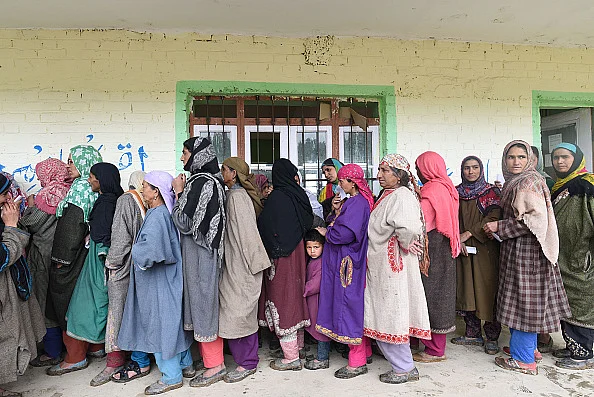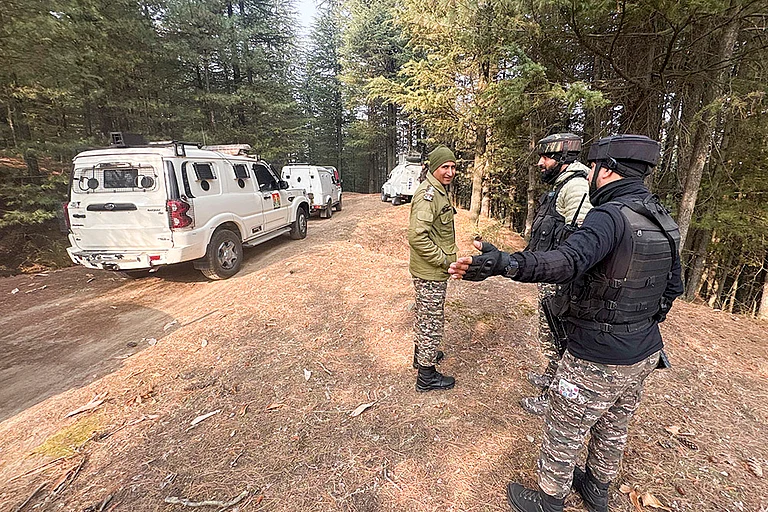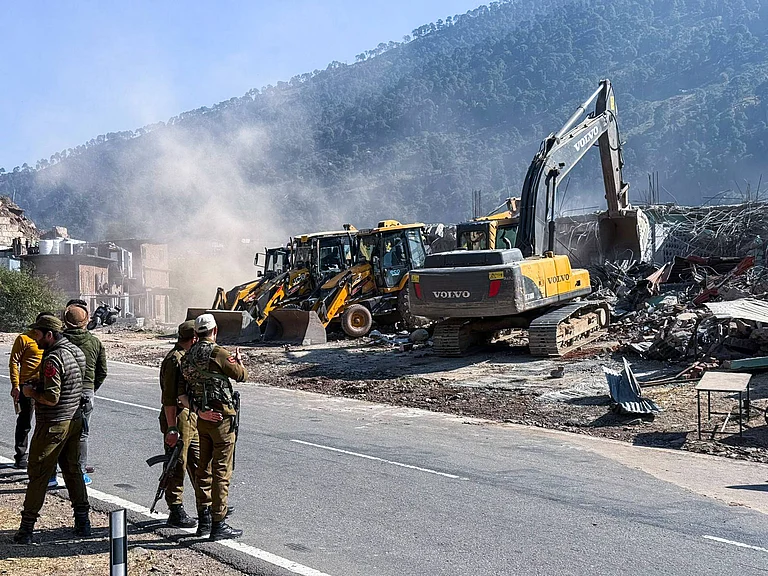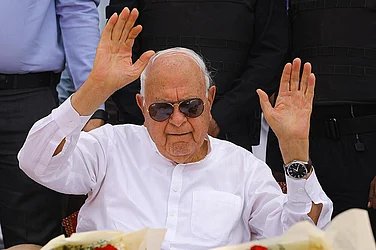In the competitive political environment of Kashmir, no seat will be as hotly contested as the Rajouri-Anantnag constituency with each major party wanting to contest and win it.
The National Conference is focused on capturing the seat and has already announced its intention to contest, along with two other seats from the Kashmir Valley, irrespective of the INDIA alliance decision. In contrast, the People’s Democratic Party is advocating for Mehbooba Mufti to contest and lead their campaign in this critical constituency.
The origin of the Rajouri-Anantnag constituency can be traced back to what many perceive as a controversial decision by the Delimitation Commission in May 2022. This decision involved merging the distant districts of Rajouri and Poonch from Jammu with the Anantnag and Kulgam areas of Kashmir, creating a single parliamentary constituency with a 99 per cent Muslim population.
Divided by the imposing Pir Panjal mountain range, the Rajouri-Anantnag constituency encompasses 18 assembly segments, representing a diverse electorate of around 14 lakh voters. While Kashmiris constitute nearly half of the voter base, Paharis and Gujjars make up significant portions at 28.5 per cent and 21.5 per cent, respectively.
Despite historical challenges faced by the BJP in this region, recent developments, such as the granting of Scheduled Tribe status to the Pahari community, have introduced a new dimension. However, this move has also raised concerns among the Gujjar-Bakerwal community, who fear potential marginalisation.
For political parties, especially the BJP, the Rajouri-Anantnag constituency has emerged as a symbol of representation of Kashmir. Winning this seat would be considered a significant electoral triumph, with the BJP potentially claiming victory in Kashmir as a whole as the seat is spread over much of south Kashmir.
On the other hand, South Kashmir has historically been a stronghold for the PDP. Though the 2016 unrest and subsequent protests have altered the electoral map of the region which resulted in the PDP's defeat by the NC in the 2019 parliamentary polls, the PDP still has hopes.
Also, much has changed in J&K since 2019, particularly following the abrogation of Article 370, leading to a complete transformation in the political scenario. The PDP has positioned itself as the primary opponent of the BJP in the Kashmir region after the abrogation of Article 370.
The PDP is unwilling to cede the seat to the NC without putting up a fight. Many within the PDP are convinced that abstaining from contesting the seat would essentially mean surrendering the entire South Kashmir and Rajouri-Poonch region to the National Conference. As a regional party with influence extending throughout Jammu Kashmir and Ladakh, the National Conference considers contesting and winning this seat as crucial for ideological reasons and maintaining its political standing.
Once the elections are announced in Jammu and Kashmir, the Rajouri-Anantnag constituency will witness fierce battle, as winning this seat has now become important for shaping the region's political future.


























